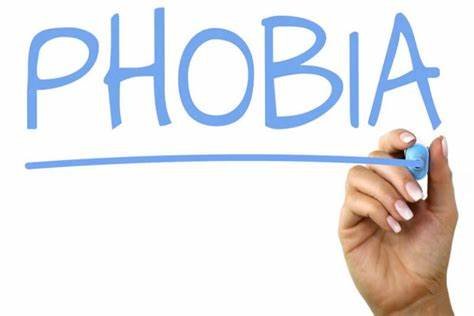We all have impairments, limitations, and restrictions. However, choosing to live ‘fully alive’ in the face of our so-called deficits is critical to feeling happy, fulfilled, and complete.
For most of us, the task ahead is how to think outside of our flaws and experience the world fully alive.
There are several ways of envisioning our world in more colorful terms and painting our universe in broader, more vibrant vistas. The first method is thinking more positively. Indeed, living fully alive starts with eliminating negative thinking and framing the world in a narrative that captures a more positive daily experience. From more positive thinking, a long catalog of techniques is available to live a full existence.
Fully alive means more than just framing the world in more favorable terms. Fully alive means broadening the scope of our daily experiences. To do this, begin by challenging everyday norms, routines, day-to-day habits and integrating new content and perspective into each moment. Turn the usual day on its head and embrace the unknown. When we spend our days in a routine, engage in the same habits, and generally focus on the same social news feed, we defer feeling new emotions and thoughts, which can enrich the way we understand the world around us.
One practical way of challenging our daily norms is to ask more questions when presented with the similar or usual content. For example, instead of taking the information you get for granted, think more critically. Contemplate the news and its origins. Embrace the journey the information embarked on to reach you and your decision about its relative importance in shaping your life moving forward.
Will you use the information for the same old purposes? Or new uses and applications? Challenge your life assumptions and consider alternate possibilities. All too often, people dismiss alternate ways of completing a task or attaining a goal in life.
What exactly is this information or data? Data is everywhere. Data is the information our brain processes. Our brain is continuously processing information. We smell, we breathe-in, we look at. Examples of data processed are noises, images, visceral feelings, and things we touch or smell.
Our minds pattern and process information for interpretation and experience. How we choose to interpret the data depends on how we approach the collection of the data. So, instead of reading a book. Read the book jacket and the author page first to get an even deeper, more FULL and complex understanding of the data in the book’s pages
Max E. Guttman is the owner of Mindful Living LCSW, PLLC, a private mental health practice in Yonkers, New York.
- Max E. Guttmanhttps://mentalhealthaffairs.blog/author/max-e-guttman/
- Max E. Guttmanhttps://mentalhealthaffairs.blog/author/max-e-guttman/
- Max E. Guttmanhttps://mentalhealthaffairs.blog/author/max-e-guttman/
- Max E. Guttmanhttps://mentalhealthaffairs.blog/author/max-e-guttman/







